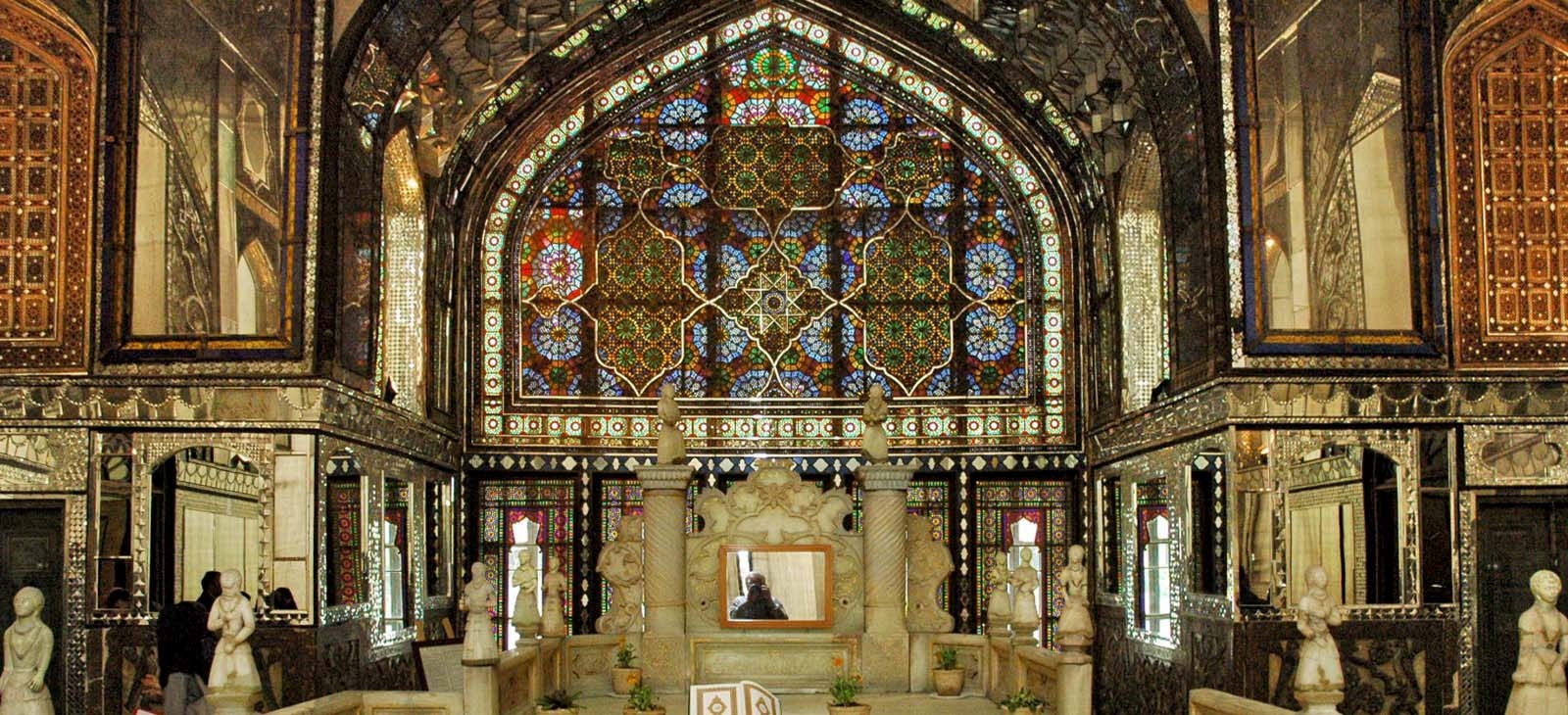The National Museum of Iran (Muze ye Melli ye Irān) is a museum in Tehran, Iran. It is the combination of two museums, the old Muze-ye Irân-e Bâstân ("Archaeological Museum of Iran", a brick,Sasanian revival building inaugurated in 1937, and the Museum of the (post-) Islamic Era (Muze ye Dowrān e (pasā) Eslāmi) , inaugurated in 1972. The second structure, built on the grassy grounds of the old Archaeological Museum, went through quite a few, and hasty changes of the interior, and was still being remodeled when the Islamic Revolution swept the country in 1979.
The old building itself was designed by French architect Andre Godard in the early 20th century. The museum has a built area of approximately 11000 square meters, its main building housing three floors. Began in 1935 and completed within two years by Abbas-Ali Memar and Morad Tabrizi, the museum building was officially inaugurated in 1937.While the old museum always had a clear mandate to show archaeological relics (to also include some rare medieval textiles and rug pieces), the new museum began its life by featuring the exquisite Amlash pottery from the prehistoric Caspian Sea regions of Iran. This was followed by some modern arts, and the repeated gutting and remodeling of the interior. It was only after the Islamic Revolution that the new building was appended to the old, to form the "National Museum of Iran." The two buildings are dedicated respectively to the pre-Islamic collection (the old brick building), while the new, travertine building contains post-Islamic artifacts. Together, they preserve ancient and medievalPersian antiquities including pottery vessels, metal objects, textiles, books, coins, etc.
Building One consists of three halls. The three halls contain artifacts and fossils from the lower, middle, and upper Paleolithic, as well as the Neolithic,Chalcolithic, early and late Bronze Age, and Iron Ages I-III, through the Median,Achaemenid, Seleucid, Parthian, and Sassanid periods. The post-Islamic part of the museum was inaugurated in 1996 and consists of three floors. It contains various pieces of pottery, textiles, texts, artworks, astrolabes, and adobe calligraphy from Iran's 1,400-year Islamic history. Plans are underway for the construction of a new building, as the current one lacks the capacity and standards for preserving all of Iran's excavated treasures.
There are a number of research departments in the museum, including the Paleolithic Department, Osteological Department and Center for Pottery Studies. There are other five departments of Prehistoric, Historic, Islamic, Seals and coins and inscriptions Departments. These two museums are the best place to see the history of the Persia through preserved ancient and medieval Persian antiquities. These works include fine pottery vessels, historic metal objects, textiles remains from different Iranian cities, and even some rare books and coins.
National Museum of Iran, aging more than 70 years, containing 300,000 museum objects in an area more than 20,000 square meters, is not only the largest museum of History and Archaeology of the country, but ranks as one of the few most prestigious museums of the world in regard to grand volume, diversity and quality of its huge monuments. In the Iranian museum tradition it is considered Iran’s mother museum, aiming at preserving relics of the past to hand down to the next generations, enhancing better understanding among world people and nations, discovering and showing Iranian’s roles in shaping world culture and civilization and trying to enhance public knowledge.

